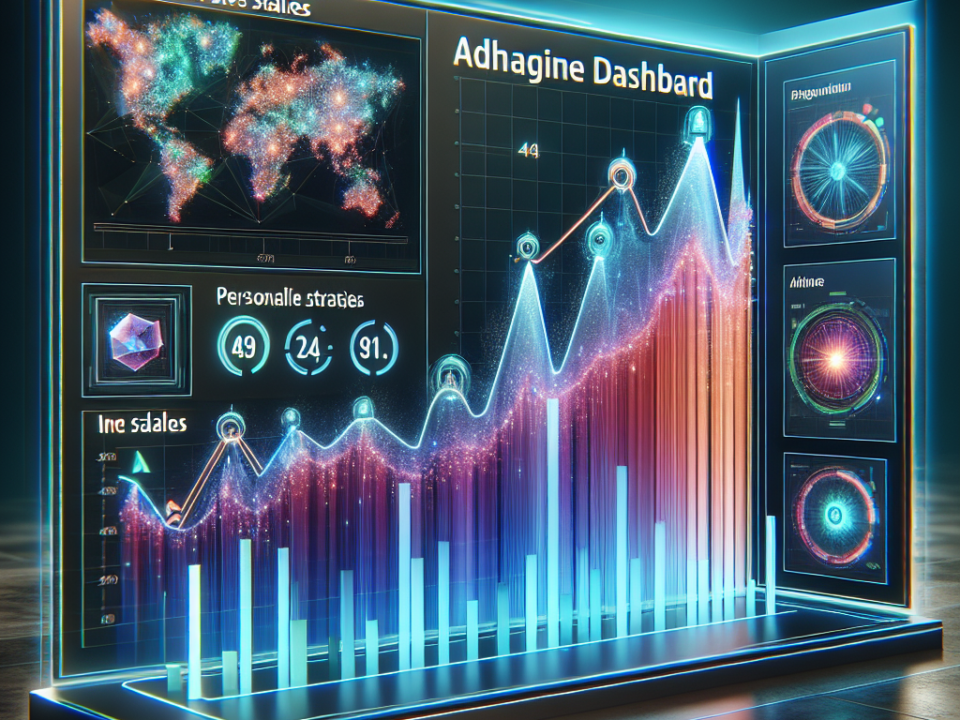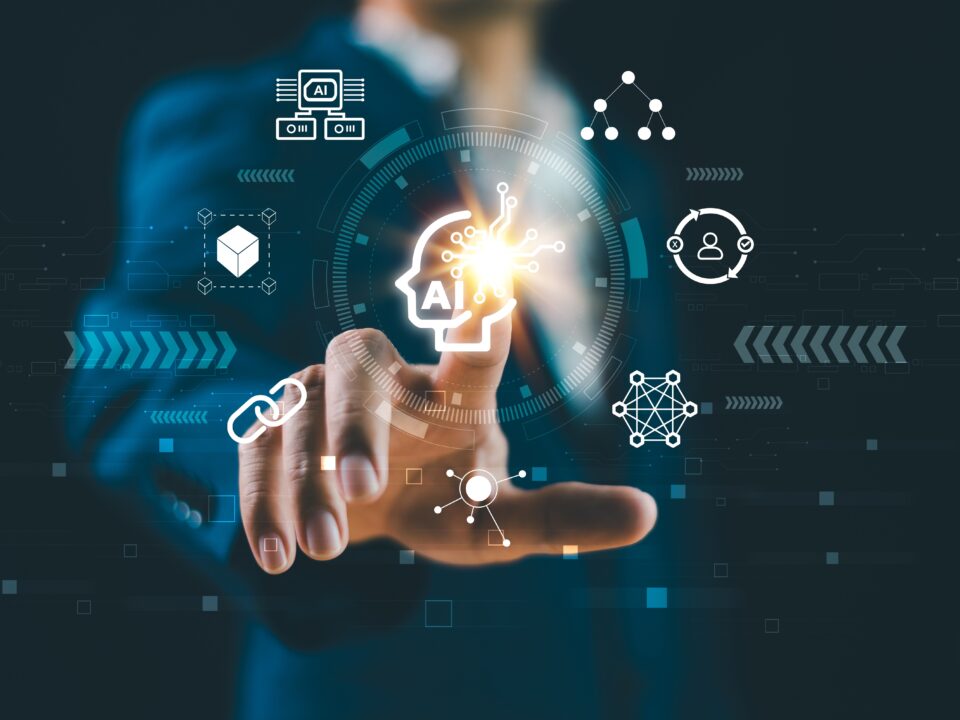
Understanding the Differences: Messaging APIs vs. Traditional Communication Methods
January 11, 2025Generative AI has seized the imagination of technologists, artists, and companies. From photorealistic image creation and voice cloning to huge language models that can generate code, verse, and scientific papers, the innovation has been stunning. But as we reach beyond the limits of current capabilities, an urgent question emerges: What comes next for generative AI?
From Creation to Cognition
It was these early generative models like GANs (Generative Adversarial Networks) and VAEs (Variational Autoencoders) that first introduced the world to AI-generated art and faces. But it was the arrival of transformers and foundation models like GPT, BERT, and DALL·E that truly transformed the scene.
In the future, the discipline is shifting away from merely producing content to delivering context intelligence and reasoning. Tools like OpenAI’s GPT-4, Anthropic’s Claude, and Google DeepMind’s Gemini are designed to navigate complex commands, combine knowledge, and even communicate with tools [1][4].
The Next Frontiers in Generative AI
- Multimodal Intelligence
Generative AI is extending beyond text. Models now work with images, video, audio, and even 3D worlds. For instance:
- GPT-4 with vision can describe and comprehend images [1].
- Runway ML’s Gen-2 has text-to-video generation capabilities.
- Google’s Gemini integrates visual and linguistic reasoning more profoundly than previous models [4].
This paves the way for AI agents that can observe and navigate the world just like humans, incorporating vision, hearing, speech, and action.
- Generative Agents and Digital Personas
Auto GPT and Generative Agents mimic realistic human-like personas with memory, intention, and sociality. Such agents may plan, collaborate, and learn in real-time worlds, predicting the future of AI companions, NPCs, and digital workers [2].
- Model Specialization and Customization
Aspects of general models are the banner headlines; however, domain-specific, fine-tuned models are seeing a growing trend. From legal AI to finance and bioinformatics, there would be an improvement in small, efficient, and single-purpose models that are industry-oriented [3].
- Synthetic Data and Simulation
Generative AI is changing data creation, especially in health care, self-driving cars, and robotics, where real data is scarce or sensitive. Systems like Unity’s simulation engine and NVIDIA’s Omniverse use generative models to create synthetic yet realistic training scenarios [6].
- Ethics, Alignment, and Safety
When the models grow more powerful, how to make sure that they keep pace with human values becomes central. Research about constitutional AI, RLHF (Reinforcement Learning with Human Feedback), and AI interpretability is getting fierce [5].
Challenges Ahead
- Bias and hallucination: Even state-of-the-art models sometimes give factually incorrect or biased answers.
- Data provenance: As the web gets cluttered with AI-generated content, distinguishing truth from falsehood becomes more and more challenging.
- Computational cost: Training and deploying border models require colossus resources, sparking concerns regarding access and sustainability.
Looking Ahead
The boundaries of generative AI are continually being extended, driven by innovation, curiosity, and the desire to extend human creativity. The next page is one of greater autonomy, real-world interaction, and extensive collaboration with humans.
Whether in co-creative software, AI companions, or smart simulators, the future of generative AI will be about enhancing what we can imagine and do—instead of replacing us.
————–
References
- (2023). GPT-4 Technical Report. https://openai.com/research/gpt-4
- Park, J., et al. (2023). Generative Agents: Interactive Simulacra of Human Behavior. https://arxiv.org/abs/2304.03442
- Hu, E., et al. (2021). LoRA: Low-Rank Adaptation of Large Language Models. https://arxiv.org/abs/2106.09685
- Google DeepMind. (2023). Gemini Multimodal AI. https://deepmind.google/technologies/gemini
- (2023). Constitutional AI. https://www.anthropic.com/index/2023/01/constitutional-ai
- NVIDIA Omniverse. (2023). AI-Powered Simulation Platform. https://developer.nvidia.com/omniverse



